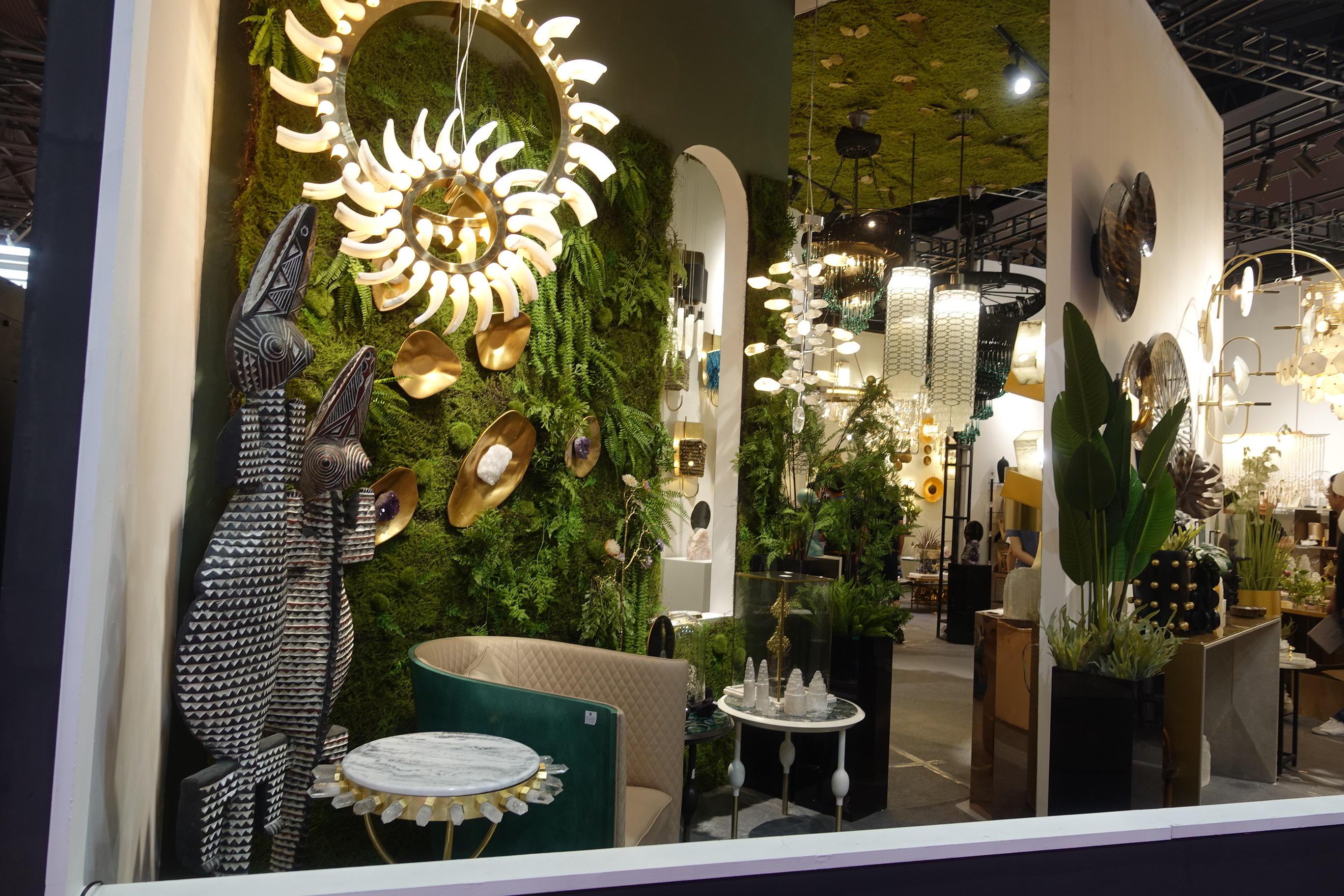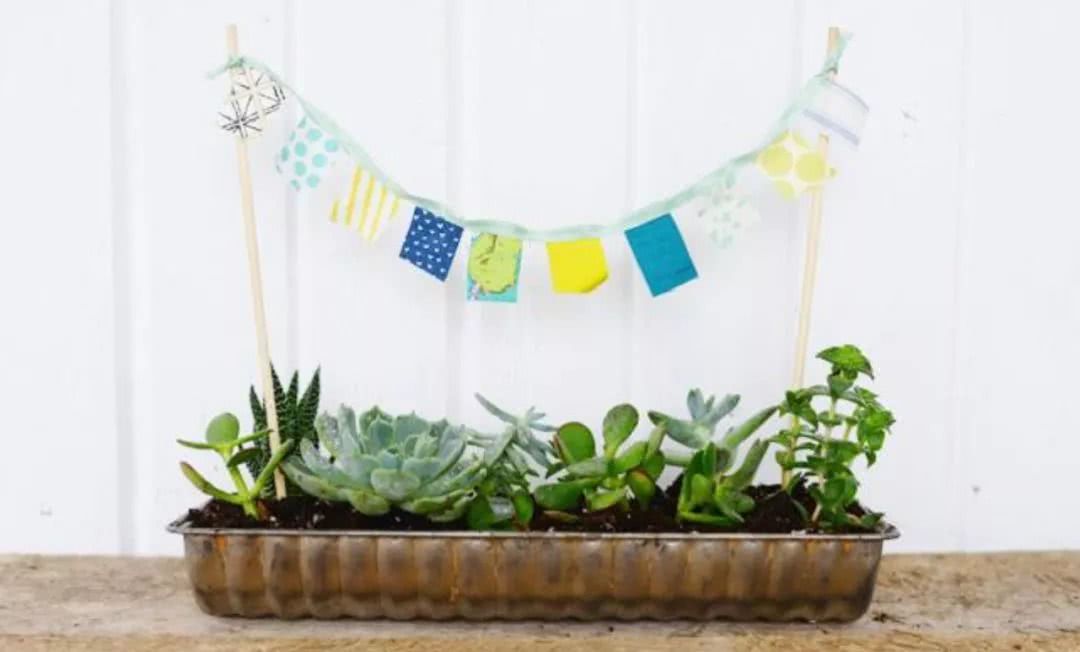These potted plants grow very well at home and can become vegetables at home.

It is great to plant some plants with fresh fragrance on the windowsill and balcony. They are all very resistant to maintenance. You might as well plant some vanilla plants at home. They grow exuberantly and enjoy well, and can become vegetables on the dining table and fresh seasoning in the kitchen.
Here are some vanilla plants that are easy to grow indoors:
1. Basil
Basil likes the warm and humid environment all the year round. The maintenance location needs more light, and you can plant it on the windowsill facing east or south.
Potted basil should be watered regularly, the soil should be kept moist in spring and summer, the potted soil should have good drainage, and organic liquid fertilizer can be given once every 2-3 weeks in the process of growth.
You can choose to sow and reproduce directly, or you can cultivate it directly with branch cuttings. as long as you cut a section of basil branches, about 9 centimeters long, remove the leaves at the bottom, soak them in water, and change water every two days, you can usually take root in a week or two. after the root system grows, it can be transplanted to the soil, which is easy to cultivate successfully.
If the potted basil wants to grow more vigorously, it can pinch the top and remove the buds from the top after it rises to 15 centimeters, which can promote the vigorous growth of branches and leaves.
two。 Oregano
There are many varieties of oregano, it can grow very tall, can constantly pinch the top, promote branches, as long as it can be properly maintained for many years, pot maintenance is also very simple.
You can buy oregano potted plants directly, or you can reproduce by sowing, but it will be more difficult for seeds to germinate. You can also use its branches to cuttage propagation, generally choose branches 9cm long, remove the leaves at the bottom, prepare loose, well-drained sandy soil, keep the soil moist, branch cuttings inside, to avoid soil stagnant water, placed in a ventilated and bright environment, usually two or three weeks can take root and sprout.
3. Rosemary
Rosemary is a perennial woody shrub plant. It will grow slowly in the first two or three years, and then grow into a shrub. It likes loose and drained soil and a ventilated and transparent environment, and its conservation location should have sufficient light.
It is very difficult to cultivate rosemary with seeds. Generally, rosemary is propagated by branch cuttings. It can be cultivated directly with vermiculite or perlite. Prepare some strong cork branches, about 10 cm long, and remove all the leaves from the bottom. The branches are cut directly in vermiculite or perlite.
In the process of cultivation, it is necessary to keep vermiculite moist and avoid drought. in addition, it is necessary to spray water around it regularly, maintain a high air humidity, maintain a temperature between 22 and 25 degrees, and usually grow slender roots in two or three weeks. then you can transplant it into the potted soil.
4. Parsley
Parsley is a biennial herb. It likes a warm and humid environment all the year round. There should be plenty of light in the maintenance position. To keep it warm and dry all the year round, you can put it on the south-facing windowsill.
The process of parsley cultivation is to prepare sandy soil that is loose, breathable and well drained, and do not water it too frequently in the process of conservation. Be sure to wait until the soil 3 to 5 centimeters below the soil surface is dry, and then water it without frequent fertilization. Each harvest can cut off more than 3 centimeters of the bottom, and it will grow new leaves.
5. Thyme
Thyme likes a dry environment all the year round, and the lowest temperature for maintenance should be above 5 degrees. It does not need nutritious soil cultivation, but it needs to keep the soil with good drainage and can grow well in the semi-shade. However, there is sufficient light to grow more exuberant, and in the process of maintenance, it can be pruned regularly to promote continuous branching.
6. Sage
Sage is very suitable for novice cultivation, its adaptability to the environment is very good, it can be directly planted in the basin soil, the maintenance location should have more light, maintain more than 4-8 hours of light every day, and even produce purple flowers in summer, which is very suitable for growing on the windowsill.
Sage is also easy to reproduce. You can buy small potted sage plants directly, or cut a few branches and cut them into the sandy soil to keep the soil moist and quickly take root and sprout.
- Prev

The shape of making porcelain into succulent plants is so creative that I want to take them home.
Today, I went to Shanghai to participate in the Modern Shanghai Fashion Home Exhibition. After coming here, I found that the exhibition here is really beautiful! All kinds of novel household items make people feel that life is so wonderful! Come here to participate in the exhibition.
- Next

A small garden of succulent plants can be made from these waste materials in early autumn.
If you want to cultivate a small garden of your own succulent plants in the fall, then the following little tutorial is very suitable for you. You can combine different forms of succulent plants together to form a charming combination of potted plants, of course.
Related
- Wuhan Hospital Iron Tree Blooming Result Was Instantly Frightened by the Gardener Master
- Which variety of camellia is the most fragrant and best? Which one do you like best?
- What is the small blue coat, the breeding methods and matters needing attention of the succulent plant
- Dormancy time and maintenance management of succulent plants during dormancy
- Minas succulent how to raise, Minas succulent plant pictures
- What are the varieties of winter succulent plants
- How to raise succulent plants in twelve rolls? let's take a look at some experience of breeding twelve rolls.
- Attention should be paid to water control for succulent plants during dormant period (winter and summer)
- Watering experience of twelve rolls of succulent plants
- Techniques for fertilizing succulent plants. An article will let you know how to fertilize succulent plants.

